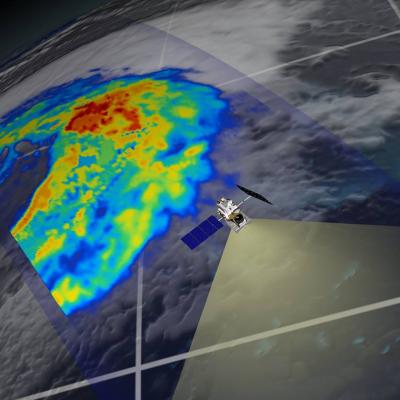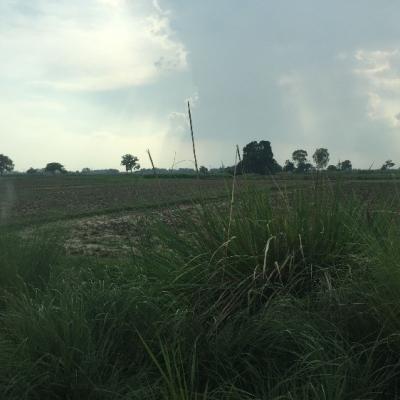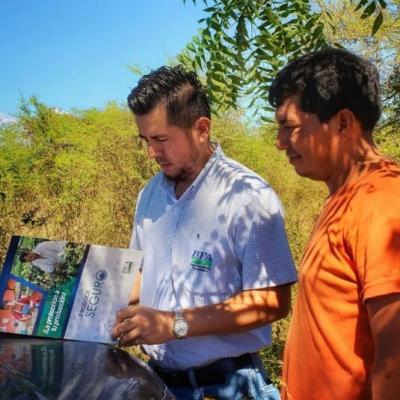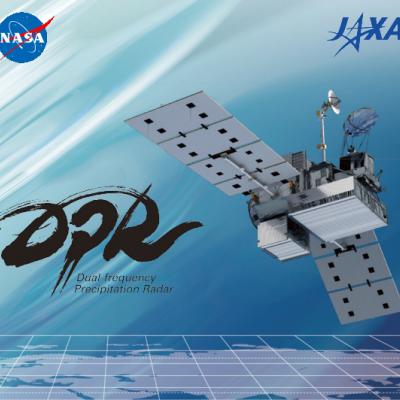What Determines the Latency of IMERG?
1. Most of the low-orbit microwave satellites downlink their data once or twice an orbit (which is about 90 minutes long) to the operating agency. [Except GMI comes down in 5-min. granules.] The agencies compute the Level 1B files, package them, and ship the data around. PPS gets all the NOAA and EUMETSAT data through NOAA, DMSP from NRL Monterey, and the Japanese AMSR2 through NASA, SAPHIR (now intermittently and generally not in near-real time) through ISRO, and GPM DPR and GMI within GPM.





